
-
3 years ago
-

0
-

Ethereum
Introduction
Ethereum is a comparatively new cryptocurrency. It is also an open computing platform founded on blockchain technology. This allows developers to build and use decentralized applications. Similar to Bitcoin, Ethereum is a distributed public blockchain network. However, Bitcoin and Ethereum vary significantly in the purpose they serve. The Bitcoin blockchain essentially tracks who owns the digital currency (bitcoins), but the Ethereum blockchain runs the programming code of any decentralized application.
Description
Ethereum runs smart contracts, which are applications that operate exactly as they have been programmed. This negates the possibility of censorship, fraud, downtime or third–party interference. These apps run on a customised blockchain – a shared global infrastructure that transfers value and represents ownership of property. This enables developers to create markets, store the registries of debts or promises, and move funds according to past instructions such as a will or futures contract. There is no need for a middleman or counterparty risk.
The project was funded by an Ether presale in August 2014 by fans all over the globe. It was developed by a Swiss non–profit organisation – the Ethereum Foundation – with contributions from great minds.
- Ether
Miners, who compute the creation of new blocks or the processing of transactions, are rewarded with crypto–tokens called Ether. Ether can be duly traded and used to run applications. Ethereum has fared well as a tradable instrument. Indeed, it has grown into the largest altcoin on the market.
Here, instead of mining for Bitcoin, miners work to earn Ether in the Ethereum blockchain. Other than being a tradeable cryptocurrency, Ethereum is deployed by application developers to finance transaction fees and services on the Ethereum network.
As a tradable instrument, Ethereum has done well and grown into the largest altcoin on the market. As such, Ethereum units can be bought as well as sold against other cryptocurrencies or fiat currencies such as the USD and EUR.
- Creation of Decentralized Autonomous Organizations
Ethereum can also be used to create Decentralized Autonomous Organizations or DAOs. A DAO is essentially a completely autonomous, decentralized organization without any single leader. DAOs are run on an assortment of smart contracts that are written on the Ethereum blockchain. The code is meant to substitute the structure and rules of a traditional organisation. This basically means omitting the need for people and centralised control. A DAO can be owned by anyone who purchases tokens. However, instead of each token translating into ownership and equity shares, tokens act as contributions that grant participants voting rights.
- Ethereum Wallet
In the Ethereum blockchain, the Ethereum Wallet is the portal to decentralized applications. It enables the user to hold and attain Ether and other crypto–assets built on Ethereum. The Wallet also makes it possible for one to write, deploy and use smart contracts.
Advantages
- Easily accessible to public
Ether as a cryptocurrency is easily available to the public. Indeed, almost anyone who can make online fund transfers can invest can invest in Ether.
- Offers high security
Like other cryptocurrencies, Ether is secured by NSA created cryptography. This makes it impossible for any person other than the wallet–owner to make payment from the wallet.
- Easily accessible to public
Ether as a cryptocurrency is easily available to the public. Indeed, almost anyone who can make online fund transfers can invest can invest in Ether.
- Value has good growth potential
Ethereum has backing from corporate clients. In recent times, the price of its cryptocurrency has shot high, with the Ethereum Enterprise Alliance (EEA) allying with several companies across all sectors from healthcare to banking. In fact, the value of the Ethereum currency rose over 13,000 percent in the year 2017 itself. Other than Bitcoin, no other crypto–coin has this amount of corporate clout and buy–in capacity.
- Clear vision of growth
As far as Ethereum is concerned, it is accompanied by an accurate roadmap of where it stands in the future, say in the next 3 to 5 years. The goals are implemented with rigour and this makes the concerned community rely on it. Hence, Ethereum has a clear vision of its growth.
- Efficient app
Ethereum employs the turing language on the blockchain. This enables the exchange of simple or complicated contracts on the network, which allows the elimination of third parties. As a result, Ethereum is a far more efficient app on the blockchain.
Challenges
- Operation can be tricky
The roadmap of Ethereum incorporates upgrades from time to time. Though this seems to move Ethereum to a more efficient platform, it is a tricky process that keeps the developers on their toes all the time. It also presents a challenge to keep at bay the daily attacks on the blockchain by rogue hackers.
- Not as fast as desired
Since Ethereum is a computing platform, it will never be viewed as efficient as other faster blockchains. This is evidenced by complaints about the slow speed of transactions for its cryptocurrency.
- Dearth of in–depth knowledge
A major drawback of Ethereum is the lack of documentation to make people become Ethereum developers. Most of the online content is outdated and only covers the basic principles. Hence, it is difficult to gain thorough knowledge of Ethereum, given that it is a relatively new technology. At present, it is tough to gain any depth within smart contracts.
- Lacks widespread acceptance
Many websites and companies still do not accept digital currencies such as Ether. Moreover, the use of cryptocurrencies has been legalised in very few countries. Given this lack of uniform acceptance, before investing one first needs to be certain that Ether is accepted in the place where its use is desired. Though it is gradually gaining acceptance across the globe, there is still a long way to go for all to be convinced of its credibility.
- Involves uncertainty
Since Ether is relatively new as a cryptocurrency, it fluctuates significantly and is volatile. This involves risks in transaction.
Conclusion
Though not without a few risks, the prospects of Ethereum look good. Thanks to the user–friendly platform of Ethereum making it possible for everyone to harness the power of blockchain technology, decentralization of the world economy is occurring speedily.
Source Links:
https://blockgeeks.com/guides/ethereum/
https://en.wikipedia.org/wiki/Ethereum
https://coinpupil.com/altcoins/advantages–disadvantages–of–cryptocurrency/
http://cryptocreed.com/advantages–and–disadvantages–of–cryptocurrency/
Browse Categories
Featured Posts
 3 years ago
3 years ago
Cypher Pattern
 3 years ago
3 years ago
Crab Pattern
 3 years ago
3 years ago
Butterfly Pattern
 3 years ago
3 years ago
Bat Pattern
 3 years ago
3 years ago
ABCD Pattern
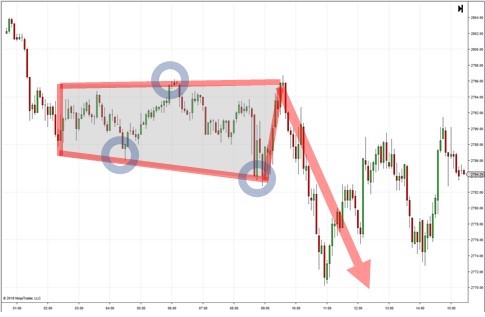 3 years ago
3 years ago
The Rectangle Pattern
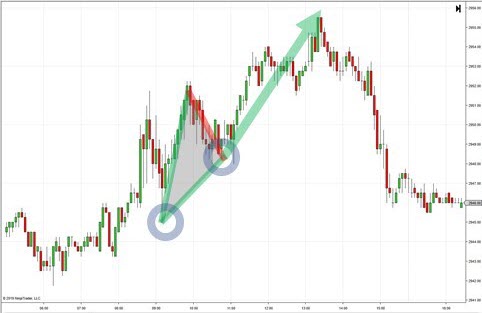 3 years ago
3 years ago
Triangle Patterns
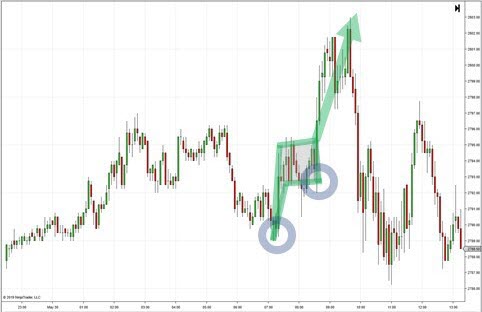 3 years ago
3 years ago
Flag Pattern
 3 years ago
3 years ago
Double and Triple Pattern
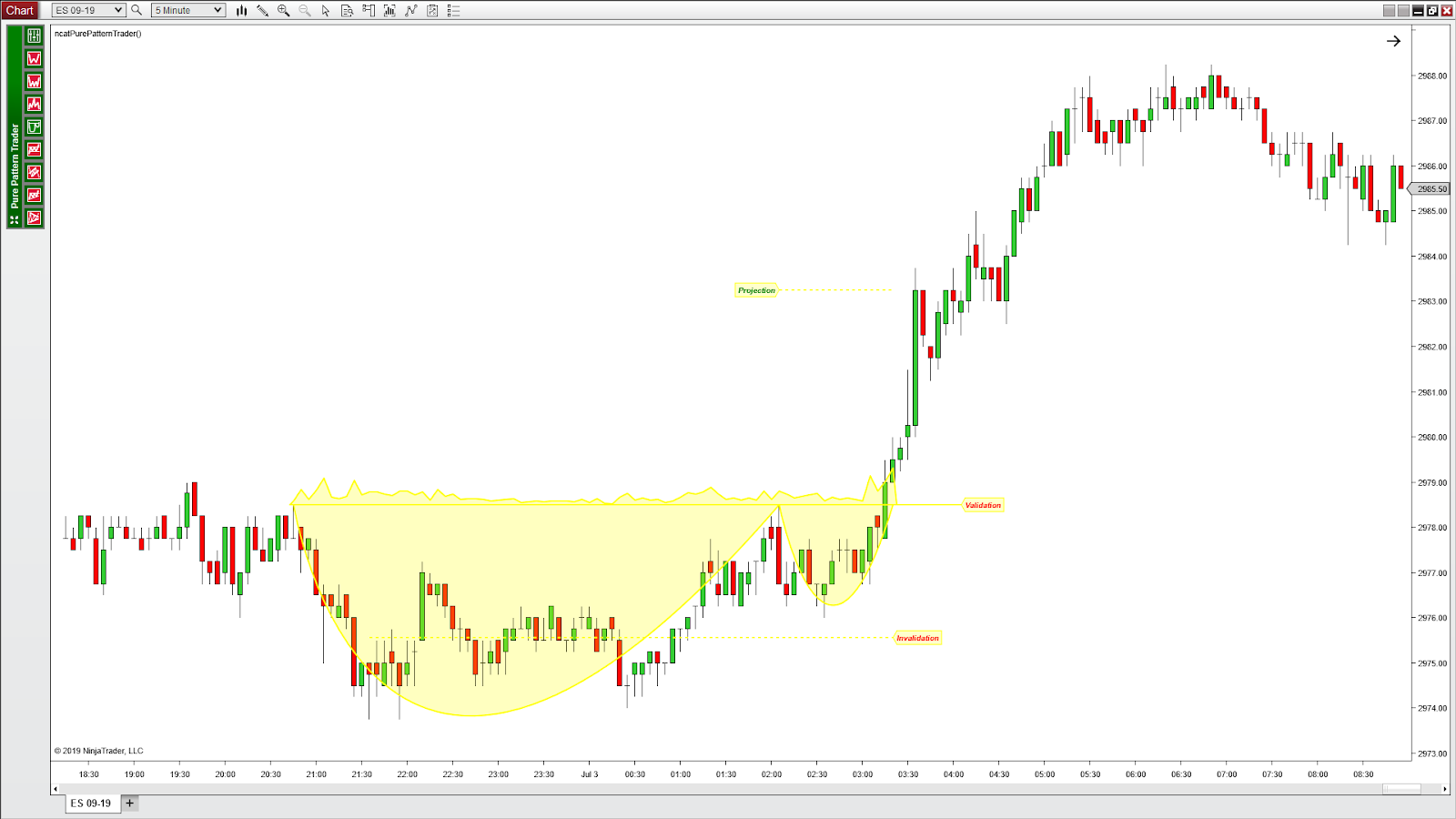 3 years ago
3 years ago
The Cup with Handle Pattern
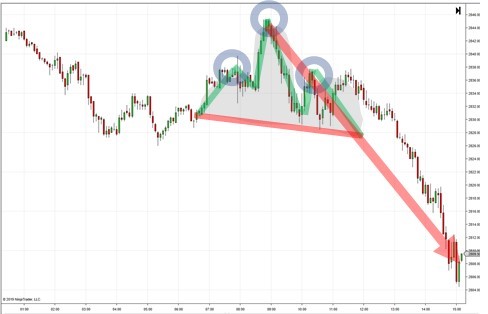 3 years ago
3 years ago
The Head-and-Shoulders Pattern
Popular Posts
Cryptomining
3 years ago